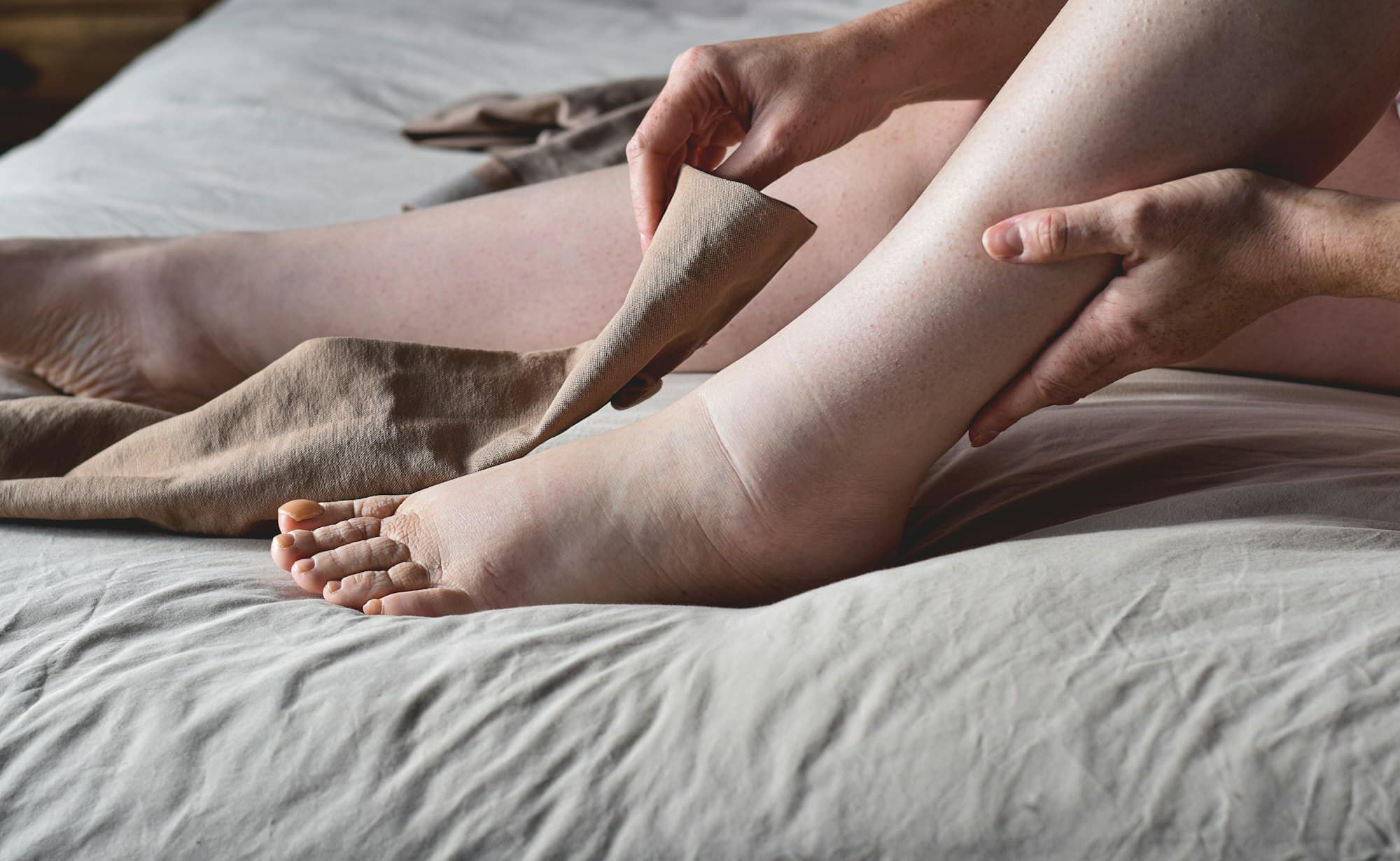Every athlete, professional or amateur, is always in search of methods to enhance their performance and speed up recovery. We all know that recovery is as crucial as the training itself. If the body doesn’t recover properly, it may affect subsequent performance negatively. One of the various recovery strategies that have become popular among athletes and fitness enthusiasts is the use of compression garments. But do these snug-fitting, stretchy pieces of clothing really aid in post-exercise recovery? Let’s delve deep into the studies and expert opinions to find out.
The Theory Behind Compression Garments
Before we dive into the research, let’s understand what compression garments are and how they are theorized to work. Compression garments are tight, elastic clothing pieces, usually worn on the lower body, that apply pressure to specific body parts. They can range from socks and calf sleeves to shorts and tights.
A voir aussi : How Can ‘Gamified’ Fitness Challenges Promote Physical Activity Amongst Teenagers?
The theory is that this external pressure can enhance the blood circulation in the underlying muscles, thereby aiding in muscle recovery. Improved blood flow is believed to remove waste products like lactic acid more efficiently, which is produced during high-intensity exercise and contributes to muscle fatigue and soreness. Moreover, the compressive force is also said to reduce muscle oscillation during activity, potentially minimizing muscle damage and fatigue.
Examining the Effects of Compression Garments on Performance
A number of studies have investigated the effects of compression garments on sports performance. A study published in the Journal of Strength and Conditioning Research found that compression garments could improve muscular strength and power in athletes. Google Scholar lists an array of other studies that report benefits like improved endurance performance and cycling efficiency.
A lire en complément : What Is the Impact of Stress Management Interventions on Immune Function in Healthcare Workers?
However, it’s important to note that the effects on performance can be quite individual, depending on factors like the type of sport, intensity of exercise, and individual response. Furthermore, some studies also report no significant improvements in performance, indicating that further research is needed in this area.
Exploring the Role of Compression Garments in Recovery
While the effects on performance are mixed, where compression garments seem to shine is in the realm of recovery. A study in the Journal of Athletic Training found that athletes wearing compression garments experienced less muscle soreness and recovered strength more quickly after intense exercise.
The improved recovery might be attributed to enhanced blood flow, leading to more efficient removal of waste products and delivery of nutrients to the muscles. This could potentially reduce inflammation and promote faster healing of the muscles.
Delving into the Science: How Compression Aids in Muscle Recovery
To understand the mechanism through which compression garments might aid recovery, we need to delve a little deeper into the science. When you engage in high-intensity exercise, it can cause microtrauma to the muscle fibers, leading to inflammation and triggering the body’s healing response.
Moreover, intense exercise also increases the production of lactic acid and other waste products in the muscles, contributing to muscle fatigue and soreness. By applying external pressure, compression garments are theorized to enhance venous return – the flow of blood back to the heart.
This improved blood circulation can help clear out these waste products more efficiently and deliver oxygen and nutrients to the muscles more quickly, promoting repair and recovery.
Furthermore, compression might also aid lymphatic drainage, which is another pathway for the removal of waste products from the muscles. Some studies even suggest that compression could reduce muscle swelling and inflammation, further aiding recovery.
The Verdict: Do Compression Garments Really Aid Recovery?
So, do compression garments really work? As with most things in sports science, the answer isn’t black and white. While many studies suggest that compression garments can aid recovery after high-intensity exercise, others show no significant effects.
One thing to keep in mind is that the benefits of compression garments can be quite individual. Factors like the level of compression, the fit of the garment, and individual response can all play a part. Some people might find compression garments uncomfortable or restrictive, while others may swear by them for recovery.
On the whole, it seems that compression garments could be a useful tool in the recovery toolbox for many athletes. However, they are by no means a magic bullet. Other recovery strategies like adequate nutrition, hydration, and rest, are equally if not more important.
What’s needed is more high-quality, well-controlled studies to further investigate the effects of compression garments on recovery and performance. Until then, it might be worth giving compression garments a try to see if they work for you – but always remember, no recovery strategy can substitute for a well-rounded training program and a balanced lifestyle.
Compression Garments and Individual Responses
Exploring the realm of compression garments, it becomes evident that responses can vary significantly from person to person. As noted earlier, compression garments apply external pressure on certain areas of the body, typically the lower body, to enhance blood circulation and consequently, muscle recovery. However, the effectiveness of these garments can depend on a multitude of factors such as the type of sport, level of exercise intensity, and individual physiological responses.
Google Scholar lists numerous studies investigating individual responses to compression garments. For instance, a person’s body composition, muscle mass, and even their perception of muscle soreness can influence the effectiveness of compression garments. Similarly, the fit of the garment and the level of compression applied can also impact results.
While some athletes may find the pressure exerted by compression garments uncomfortable or even restrictive, others may experience the opposite, reporting reduced muscle soreness and faster recovery times. This reinforces the notion that the benefits of wearing compression garments can vary greatly among individuals.
In addition, the timing of when these garments are worn can also play a role. Some studies suggest that wearing compression garments during exercise can help reduce muscle damage and enhance performance recovery. In contrast, others advocate for wearing them post-exercise to aid in the recovery process.
Conclusion: Evaluating the Efficacy of Compression Garments
The use of compression garments to enhance recovery after high-impact exercise certainly presents an interesting avenue for both athletes and fitness enthusiasts. Despite the mixed effects on performance, the potential benefits for recovery make them a topic worthy of further exploration.
However, given the individual nature of responses to compression garments, it would be imprudent to view them as a one-size-fits-all solution. It’s crucial to remember that while compression garments can potentially aid in reducing exercise-induced muscle soreness and promoting muscle recovery, they’re not a standalone solution. They should be integrated into a comprehensive approach to recovery, which includes proper nutrition, adequate hydration, and sufficient rest.
An area that warrants further research is the effect of different levels of compression, the timing of wearing these garments, and the impact on various types of exercise. As more high-quality, well-controlled studies emerge, athletes and fitness enthusiasts will gain a clearer understanding of the role compression garments can play in post-exercise recovery.
Until that time arrives, it may be beneficial for individuals to experiment with compression garments, taking into account their own comfort, the fit of the garment, and personal response. However, remember, no recovery strategy can substitute for a well-rounded training program and a balanced lifestyle. Ultimately, the goal is to optimize performance and recovery with a holistic approach that encompasses all aspects of health and wellness.










